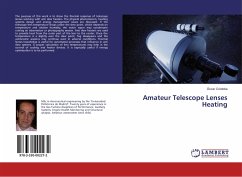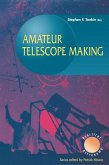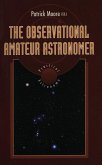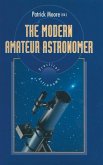The purpose of this work is to show the thermal response of telescope lenses working with anti dew heaters. The physical phenomenon, heating systems design and energy management issues are discussed. If the telescope lens temperature drops under the dew point, which depends on temperature and relative humidity, the water vapor may condensate ruining an observation or photography session. Anti dew heaters are used to provide heat from the outer part of the lens to the center. Once the temperature is a slightly over the dew point, fog disappears and the astronomic sessions may continue even in adverse conditions. Thermal lenses knowledge is useful for automated processes that influence in anti dew systems. A proper calculation of lens temperatures may help in the control of cooling and heater devices. It is especially useful if energy optimization is to be performed.







